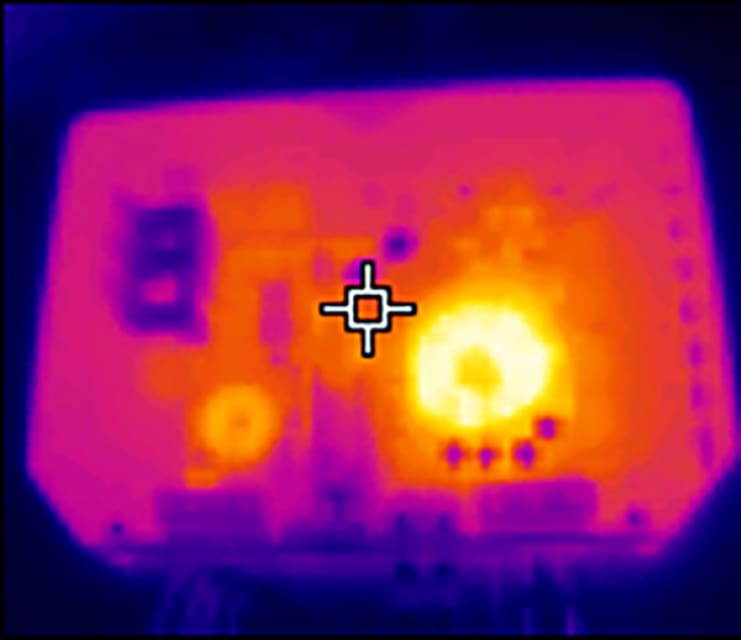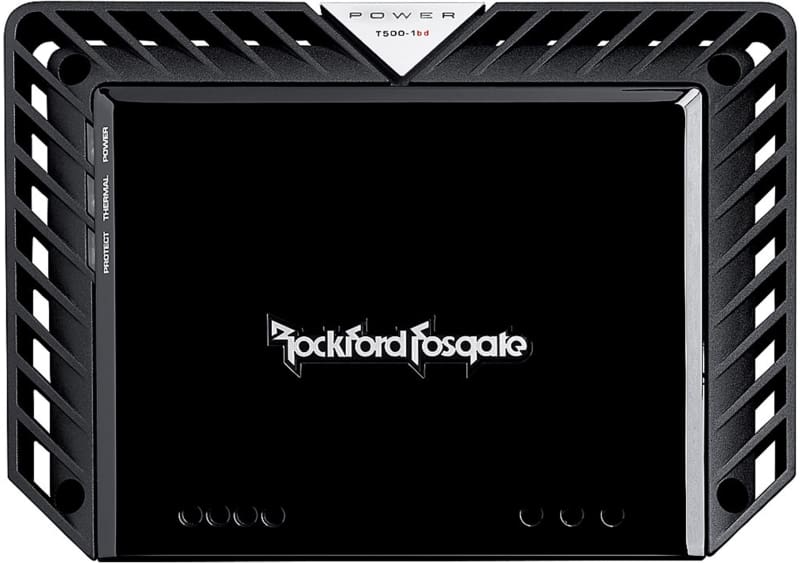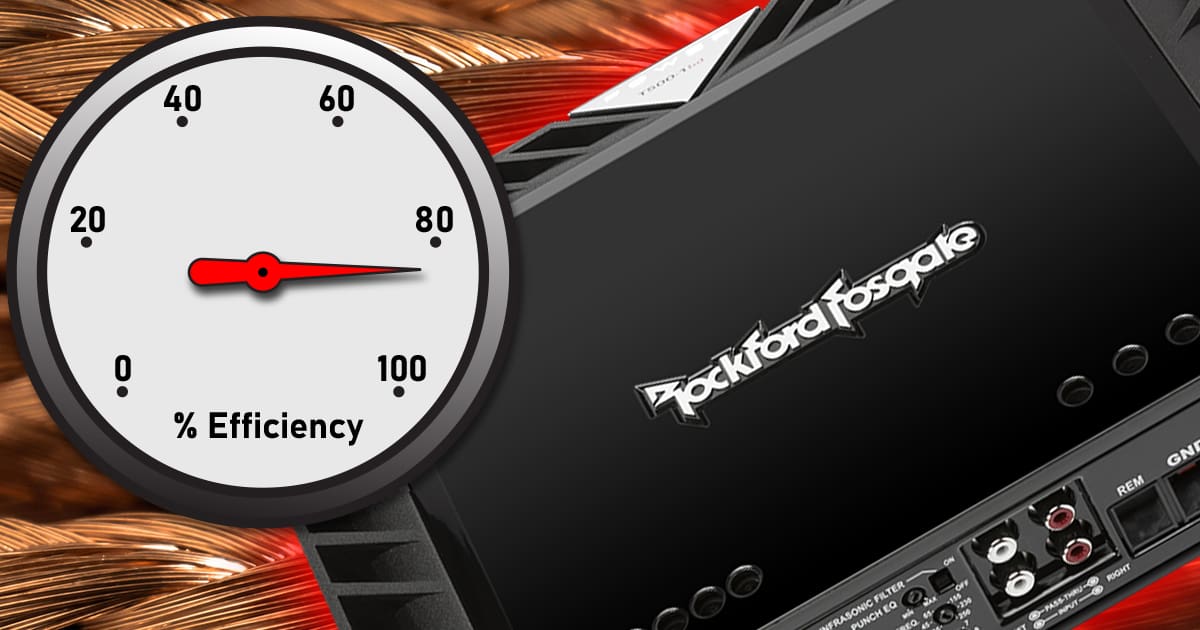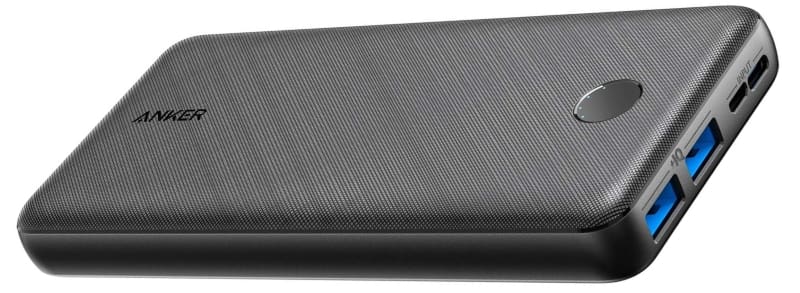Social media conversations are often a great source of content ideas here at BestCarAudio.com. We were recently talking to someone about why loading down an amplifier isn’t an ideal solution. As we’ve demonstrated in our Test Drive Reviews, lower impedances result in more distortion in most cases. In all cases, lower impedance loads reduce amplifier efficiency. Let’s discuss why amp efficiency is crucial to audio system performance and reliability.
What Is Amplifier Efficiency?
Every electronic device consumes more power than it can put out. It might take 50 watt hours to charge a power bank for your cell phone, but you may only get 48 watt hours out of it. That’s an efficiency of 96%. The same applies to mechanical systems. Friction and heat losses mean you must put more energy into a device than you get out. Comparing the power capabilities of an engine on an engine dynamometer to the power at the wheels on a chassis dynamometer is an excellent example of a system with substantial mechanical losses.
The circuitry in car audio amplifiers consumes some of the energy provided by the battery. Most good amplifiers we’ve tested draw about 1 to 2 amps of current while idling and not playing music. At the other end of the spectrum, a great amplifier might be about 83% efficient when driving a 2-ohm load at its maximum output capability. This efficiency specification means that the amp would consume 100 watts for every 83 watts it fed to a speaker. These efficiency numbers only apply at full power, as efficiency drops quickly at lower output levels.
Where Does the Wasted Energy Go?
What happens to the extra energy that an amplifier consumes if it isn’t sent to a speaker? Well, the circuitry that processes the audio signal requires a little bit. If there is a digital signal processor in the amp, that will consume a little power as well. For the most part, however, the energy is wasted as heat. Heat is caused when current flows through a resistance. The formula to calculate the power a resistor dissipates is I^2 x R, where I is the current in amps and R is the resistance in ohms.
Even small increases in current result in significantly more energy being wasted. This is obvious because the current value is squared in the equation. For example, if we have 5 amps of current flowing through a 1-ohm resistor, that resistor will dissipate 25 watts of heat. You need a reasonably large resistor to dissipate that much energy. If we increase the current to 8 amps, the resistor dissipates 64 watts of heat. A 75-watt resistor is quite large.
Whenever you see a tiny car audio amplifier, ask yourself, how efficient is the design? Small heatsinks have a tough time dissipating large amounts of thermal energy.

A thermal image of the Rockford Fosgate T500-1bdCP amplifier’s interior after almost an hour at full power.
Amplifier Efficiency Comparison
The good amplifier for this article will be the Rockford Fosgate T500-1bdCP that we subjected to a full test drive review in early 2024. This is the amp with the larger footprint mentioned above. The amplifier is rated to produce 500 watts into 2- and 1-ohm loads, but it actually delivered 554 and 697 watts, respectively. Those power production numbers were at 83 and 68% efficiency.
The other amp is rated to produce 700 watts to a 2-ohm load and just over 1,000 watts to a 1-ohm load. On our test bench, it could only muster 338 and 664 watts using the CTA-2006-D standards for power testing. For argument’s sake, we’ll call that half of what it’s rated for. We did push the amp harder to see if it had any more output, and it managed 660 watts and 935 watts when our D’Amore Engineering AMM-1 indicated clipping.
Understand Tool Limitations
This is a crucial reminder that the clipping light on the AMM-1 is NOT a 1% THD+N indicator. As such, power measurements taken with the AMM-1 are not comparable with CTA-2006-D-compliant manufacturer specifications. You’ll need another tool to measure distortion to determine when to stop increasing power. Of course, we suggest the QuantAsylum QA403 for this task, if you can manage to get your hands on one. Nevertheless, the guest amp was 69 and 58% efficient in delivering these higher numbers, which is abysmal. No, this isn’t some no-name flea market or internet brand. It’s something that many “high-end” shops sell every day.
Let’s crunch some numbers to determine how much current each amplifier draws to produce the measured power. Then, let’s add a column that looks at how much power these amplifiers can produce per amp of current they consume. For fun, we’ll add another column to show how much power they waste as heat.
It’s easy to see that the Rockford Fosgate amp is significantly more efficient when you break down the numbers this way. It produces almost 10.8 watts per amp of current compared with just under 9 watts per amp for the other unit. That’s 20% better efficiency than the guest amp. When driving the 1-ohm load, the RF is 17.2% more efficient.
Reason One Why Car Audio Amp Efficiency Matters
Every part of the power supply chain in a vehicle has some efficiency losses, from the battery and alternator to the power and speaker wire, amplifier and speakers or subwoofers. Let’s use our efficiency numbers above to compare a pair of hypothetical 1,000-watt amplifiers. We’ll call these the RF1000 and the G1000. The chart below shows how much current each draws to produce 1,000 watts of power to a 1-ohm load and 750 watts into a 2-ohm load based on the above measurements.
Now, let’s do some math on how much power is wasted in a 16-foot run of 4 AWG power wire and on the return path of a vehicle chassis with the same resistance. For the math, we’ll use the ANSI/CTA-2015 standard for 4 AWG power cable resistance.
The difference in voltage drops between the two amplifiers isn’t massive, at 0.12 and 0.167 volt, respectively, in favor of the theoretical Rockford Fosgate amplifier. However, if the amplifier has less voltage, it will reach its maximum output at a lower level. Neither amp would likely produce 1,000 watts of power as they would only see about 12 of the 13 volts provided by the electrical system.
What’s more of a concern is the heat wasted in the power connection. As we mentioned, the power dissipated in a resistor is based on the square of the current flowing through the resistor. As such, small changes in current flow produce moderately significant changes in how much heat is produced. Looking at the Power Wasted column in this chart, the less efficient amplifier results in a 50% increase in wasted energy in the power cable and ground return path. This increased heat will increase resistance, further increasing the amount of heat wasted, and so on. It can turn into a runaway condition if you’re trying to deliver maximum power for an extended period.
Amplifier Cooling Capacity
The amount of power an amplifier wastes as heat, combined with the size and efficiency of the heat sink, determines how long the amplifier can play before it overheats. In the case of the T500-1bdCP, we played it at full rated power for more than an hour without the amplifier overheating and going into protection. On the other hand, the guest amplifier lasted less than two minutes, playing at full power.
The guest subwoofer amplifier measures roughly 12.5 by 6 inches and is 2 inches tall. That’s a volume of 150 cubic inches. The second amp is much larger at 11.5 by 9 by 2.25 inches, which is just under 233 cubic inches. While this isn’t how heatsink capacity is calculated, it does give you a rough approximation.
The size and design of an amplifier heatsink matter significantly. Yes, the Rockford Fosgate amplifier is much larger. This is a conscious design decision that the Rockford Fosgate engineering team made to ensure that it would continue playing under the most extreme conditions. You should be wary when you see high-power compact amplifiers. It’s unlikely that these companies have developed a magical solution to improve heatsink or amplifier efficiency. As such, you sacrifice thermal stability and amplifier longevity for size. We know we’d rather have a larger amp that will last for decades than a small one that might dry out the thermal compound and capacitors in a few years.

The openings in the T500-1bdCP heatsink increase surface area significantly to improve thermal efficiency.
Amplifier Quality Means Many Things
While we focus a lot on content that explains the sound quality and performance of car audio amplifiers, understanding their efficiency characteristics is crucial to choosing a solution that will perform reliably and stand the test of time. Not all manufacturers publish accurate amp efficiency data, making it harder to purchase the best solution. One tip is to look at some brand-specific Facebook groups to see who still uses equipment from decades ago. Those companies likely understand how to deliver a total package that checks all the boxes for performance. Drop by a local specialty mobile electronics retailer today to discuss your high-performance car audio amplifier needs. Hopefully, they will have details on the most efficient products they offer.
This article is written and produced by the team at www.BestCarAudio.com. Reproduction or use of any kind is prohibited without the express written permission of 1sixty8 media.





